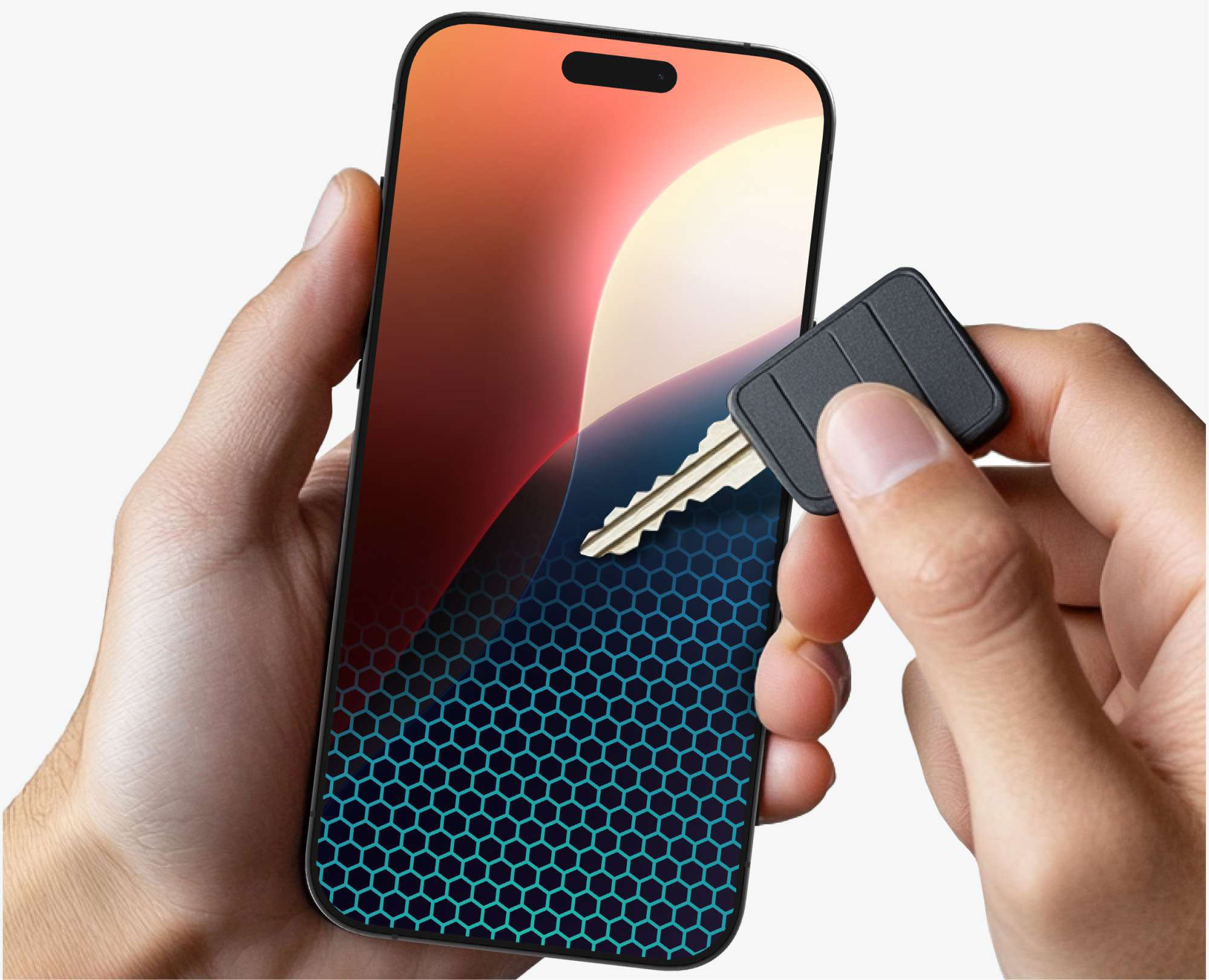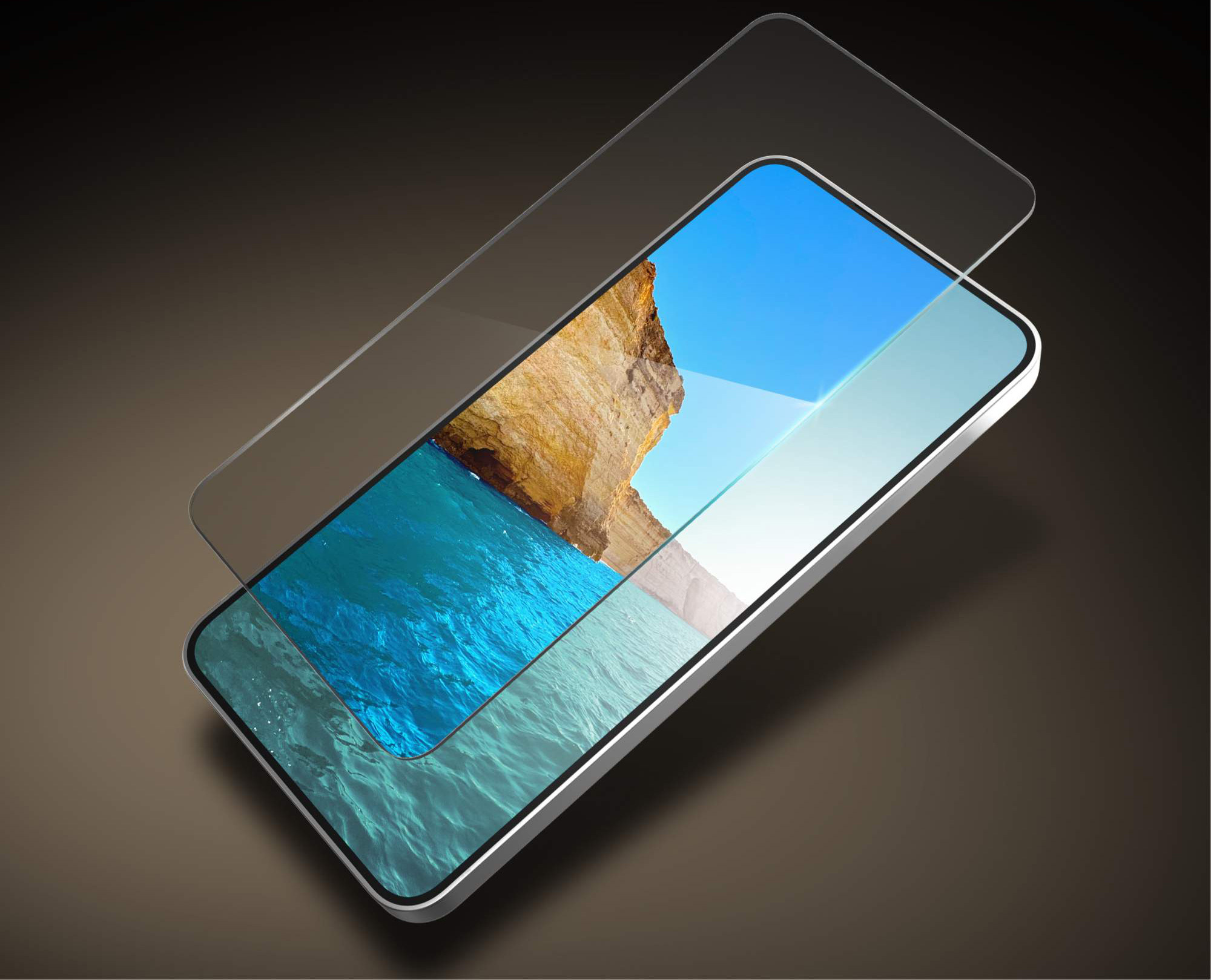Key Takeaways
- Screen protectors are essential for preventing scratches, cracks, and preserving your phone’s resale value.
- If you’re seeing signs like visible cracks, peeling edges, or reduced clarity, it might be time to change your screen protector.
- Be cautious when removing your old screen protector and replacing it. Clean your screen before applying the replacement.
If you’re anything like us, you don’t need to be reminded of how important your phone is to your everyday life, whether in work or play. What most of us forget, however, is that our phone screens are extremely vulnerable to permanent scratches, annoying smudges, and even cracks.
Knowing when to replace a screen protector can make all the difference here. If you’ve ever wondered ‘When should I replace my screen protector?’ you’re in the right place. Get the right answers with ZAGG.
The Importance of Screen Protectors
Despite their importance in our routines, most power users find themselves wondering when they should change their screen protectors. They carry on with their older protectors only to find themselves staring at a cracked screen.
87 million Americans reported smartphone damage in 2020, a massive figure that should be a wake-up call if you’ve been waiting to replace your screen protector. Let’s look at other reasons why screen protectors are so essential.
Cost-Effective Prevention
Remember the age-old adage, ‘Prevention is better than a cure’? That applies here, too. Repair costs for flagships like iPhones and Samsung S series are prohibitive at best, and they can be real budget-killers compared to investing in a high-quality screen protector.
What is the result of understanding when you should change your screen protector? You’ll preserve your phone’s resale value and save significantly more in the long term by upgrading to the latest flagship.
Enhanced Features
The best screen protectors do so much more than shield your phone from smudges. Knowing when to replace a screen protector and buying from reliable third-party brands like ZAGG gets you additional features like:
- Blue-Light Filtering to improve your visual experience even after lengthy sessions.
- Anti-Glare Coating that reduces reflections and keeps your screen readable even in bright daylight.
- Anti-Microbial Layers to reduce germs.
- Privacy Screen Protectors to shield your phone from prying eyes and ensure your screen stays your own.
Fight Everyday Hazards
One of the biggest reasons to know when you should change your screen protector? An object doesn’t have to be big and shiny to be a threat to your expensive phone. In fact, experts believe minor objects like keys and pocket lint are massive contributors to permanent microscratches on phones.
Signs It’s Time To Replace Your Screen Protector

Now that you know why they’re so important, let’s look at some of the signs that might help you pinpoint when you should replace your screen protector.
Visible Scratches
This is often the first and most important warning sign for the average user.
Your existing screen protector’s ability to withstand damage diminishes with each new scratch and crack. If you can see a significant scratch or crack in critical areas like the center of your screen, you already know when you should change your screen protector.
Peeling Edges
It’s not unusual for the edges of the screen protector to peel or lift over time, especially if you’re using a substandard protector. This can happen due to several reasons, including: heat, wear, and even improper application (use those applicators, folks!)
If you’ve been wondering when to replace a screen protector and you’re dealing with peeling edges, act fast. Keeping that old protector on will only accelerate the lifting and cause more dust and microparticles to accumulate under the surface, potentially scratching your screen.
Reduced Sensitivity
You don’t necessarily have to be dealing with lifting edges or a scratched screen to know when you should change your screen protector. Even something as subtle as reduced screen sensitivity can be a significant indicator.
Why? If you originally opted for a low-quality screen protector, you might just be noticing that the subpar design interferes with your phone’s responsiveness, like swipes and gestures.
Low Clarity
This also applies to screen clarity. It might be time to switch if you feel that your phone screen’s colors are dull or if the screen appears hazier than usual. If you paid for a Retina display, you deserve to get it.
Tips For Removing & Replacing Your Screen Protector

Safe Removal
When you think you should change your screen protector, you’ll want to be careful not to just rip your old one off. Depending on the quality of the adhesive used, you may risk damaging your phone’s screen.
Slow is safe here. Use a fingernail or the edge of a credit card to lift one edge of your screen protector gently. Avoid directly touching the screen under the protector. You’ll want to peel slowly and evenly, applying steady pressure to prevent your old screen protector from leaving residue or cracking.
If you know when to replace a screen protector, you should also know what to do if your older screen protector’s adhesive resists peeling. In this case, you can use a hairdryer on low heat to gently warm the protector and loosen it. It should be easier to peel away now.
Replacing Your Screen Protector
Ready for the upgrade? When you’re sure you should change your screen protector, follow our step-by-step guide and use these tips for a flawless replacement.
Clean Your Screen
Knowing when you should replace your screen protector might lead you to skip a few steps and rush to apply a new one. Take a step back and thoroughly clean your screen before doing anything else. This will ensure your replacement sticks properly and works as intended.
No need to get too fancy here. A little bit of isopropyl alcohol and a microfiber cloth will do the trick. Wipe away any visible adhesive residue and dust. Once you’re sure no lint or debris remains, you can move on to the next step.
Proper Application
If you know when you should change your screen protector, you’re already aware of the importance of proper application. Choose a dust-free environment, like a bathroom after a hot shower, to minimize any potential dust in the air.
Use the provided applicator to align the protector with your screen and press from the center outward to avoid trapping any air bubbles. If you do see bubbles pop up, use a soft cloth to smooth them out. Keep these tips in mind when it’s time to replace this screen protector.
Choosing The Right Screen Protector

Understanding when you should change your screen protector is half the job. The other half? Making the right decision when you’re ordering a replacement. Let’s break down the best choices available today based on the features you might want:
Anti-Glare
Anti-glare screen protectors are ideal for frequent travelers. They’re also a great fit if you’re buying a screen protector for a younger person who’s always out and about for class. ZAGG’s Glass Elite Anti-Glare line is the easy choice here, offering 24/7 screen protection with a flawless matte finish.
Privacy-First
If privacy is your top concern, you can’t go wrong with a ZAGG Glass Elite 4-Way Privacy screen protector. These screen protectors are 10x more durable than traditional tempered glass, and they’re great at obscuring your phone screen no matter what orientation you’re using it in.
Eye-Friendly
If you’re worried about excessive blue light and you think you should change your screen protector, ZAGG’s XTR4 Blue Light screen protectors have you covered. You get superior scratch and impact protection along with a blue-light filtering layer that helps improve your visual experience.
General Protection
For general, all-around protection, you’ll want to stick with ZAGG’s XTR4 screen protectors. If you know when you should replace your screen protector and think it’s time for a change, this is an easy choice for most buyers. These protectors are strengthened with graphene, giving them unparalleled strength compared to your average screen protector, and they’ll comfortably withstand drops, scratches, and more.
It’s Time To Upgrade!
The signs we listed here seem familiar; it might be time for an upgrade. When you’re ready to replace your screen protector, choose ZAGG. Whether it’s blue-light filtering or maximum privacy, these elevated designs and high-quality materials put your phone first.
Frequently Asked Questions
Loading results...
